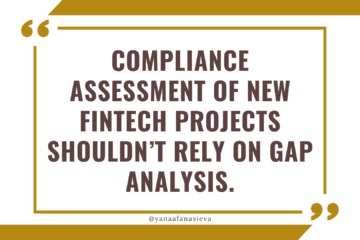50% of Your FinTech Licensing Success Depends on the Team Structure
When it comes to FinTech licensing, about 50% of review time is spent by the regulators on “fit and proper” assessment and the overall team organization.
Furthermore, many regulators will not even commence any policy or financial plans review before they are comfortable with the team structure.
Obviously, team composition, reporting lines, and a combination of roles are very unique and hard to standardize. However, here are some common principles and best practices you should be aware of:
- Most FinTech companies need at least local directors (residents of the country where the entity is registered) and a local MLRO (who can be one of the directors or cannot, depending on the jurisdiction).
- Most financial institutions, including EMI and PIs, need independent directors, most VASPs and small payments institutions do not need independent directors.
- Some regulators question the case where one person combines several roles within the group, for example, acting as a local MLRO and the CCO of the group (or group CFO and local CFO).
- Local experience matters less and less – I see more and more teams bringing people from multiple countries when a new entity is created.
- Some countries allow part-time MLRO and outsourced MLRO functions provided by a 3rd party, and other countries require the MLRO to be a full-time employee.
- If regulators raise an issue of a “conflict of interest”, for example, when one person is a shareholder, a member of the BOD, and a director, the best strategy to overcome their concern is to bring in credible reputable independent board members with impeccable track records.



